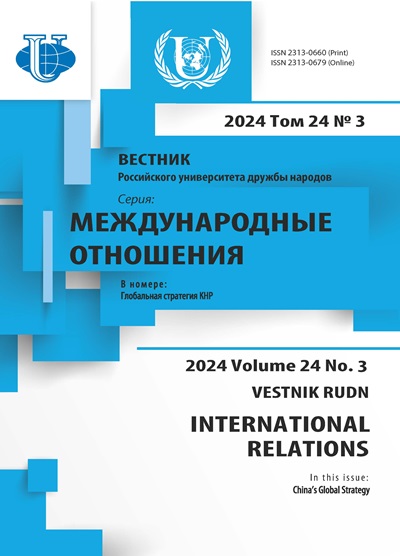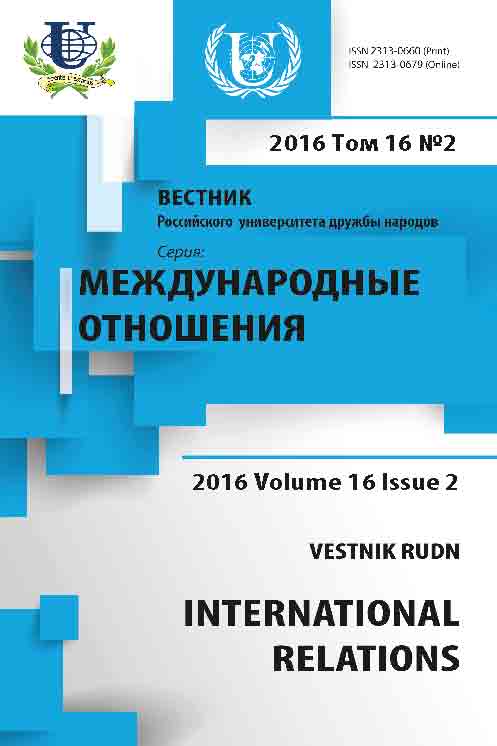A networks analysis of terrorism in Africa: implications for Kenya
- Authors: Morumbasi S.K.1, Amuhaya C.2
-
Affiliations:
- The Technical University of Kenya
- Peoples’ Friendship University of Russia
- Issue: Vol 16, No 2 (2016): Africa in International Relations
- Pages: 265-273
- Section: Articles
- URL: https://journals.rudn.ru/international-relations/article/view/14275
Cite item
Full Text
Abstract
This paper highlights the challenges that the international community faces in responding to the terrorists and the need to change tactics to respond more effectively to an increasingly nebulous enemy. Terrorism can take different forms and is perpetrated by both state and non-state actors. This research looks into the network structure of terrorism and terrorist groups. In the contemporary setting, terrorist organizations operate transnationally hence the use of the term ‘terrorism without borders’. An enabling factor of terrorism today is the network structure that it has adopted which gives it the ability to both project its reach and prevent easy infiltration. The network structure has also brought about renewed interests in Africa, where global terror networks such as al-Qaeda and the Islamic State compete for influence. Boko Haram in West Africa is an affiliate of the Islamic State and this provides possible linkages with the Islamic State in Libya. Boko Haram refers to itself as the Islamic State’s Western Province. Al-Shabaab has dominated headlines by carrying out deadly attacks in East Africa. The al-Qaeda affiliate has however faced resistance from a section of its members who seek ties with the Islamic State. This resulted in the formation of Jabha East Africa, a group that aligns itself to the Islamic State. The Sinai Peninsula has also witnessed an upsurge of terror attacks perpetrated by the Sinai Province, which views itself as a province of the Islamic State. This surmounts to a complex network structure of terrorist networks in Africa and the growing threat to militant Islam. The special attention is paid to analysis of terrorist challenges in Kenia.
Keywords
About the authors
Steven Kigen Morumbasi
The Technical University of Kenya
Author for correspondence.
Email: smorumbasi@tukenya.ac.ke
Nairobi, Kenya
Claire Amuhaya
Peoples’ Friendship University of Russia
Email: 1032158388@pfur.ru
Moscow, Russia
References
- Kenya Defence Forces, 2014. Operation Linda Nchi: Kenya’s Military Experience in Somalia. Nairobi: Kenya Literature Bureau.
- Forst B., 2009. Terrorism, Crime, and Public Policy. New York: Cambridge University Press.
- Hansen S., 2013. Al-Shabaab in Somalia: The History of a Militant Islamist Group, 2005-2012. London: C. Hurst & Co.
- Mickolous E. & Simmons S., 2014. The 50 Worst Terrorist Attacks. California: Praeger.
- Stohl C. & Stohl M., 2007. Networks of Terror: Theoretical Assumptions and Pragmatic Consequences. Communication Theory, Vol. 17, Iss.2, pp. 93-124
- Krebs V., 2002. Mapping Networks of Terror Cells. Connections, Vol. 24, no.3, pp. 43-52.
- Kennedy D., Homant R., Barnes E., 2008. An Insider View of the Sleeper Cell Terrorist: A Face Validity Study. Journal of Applied Security Research, Vol. 3, pp. 325-350.











